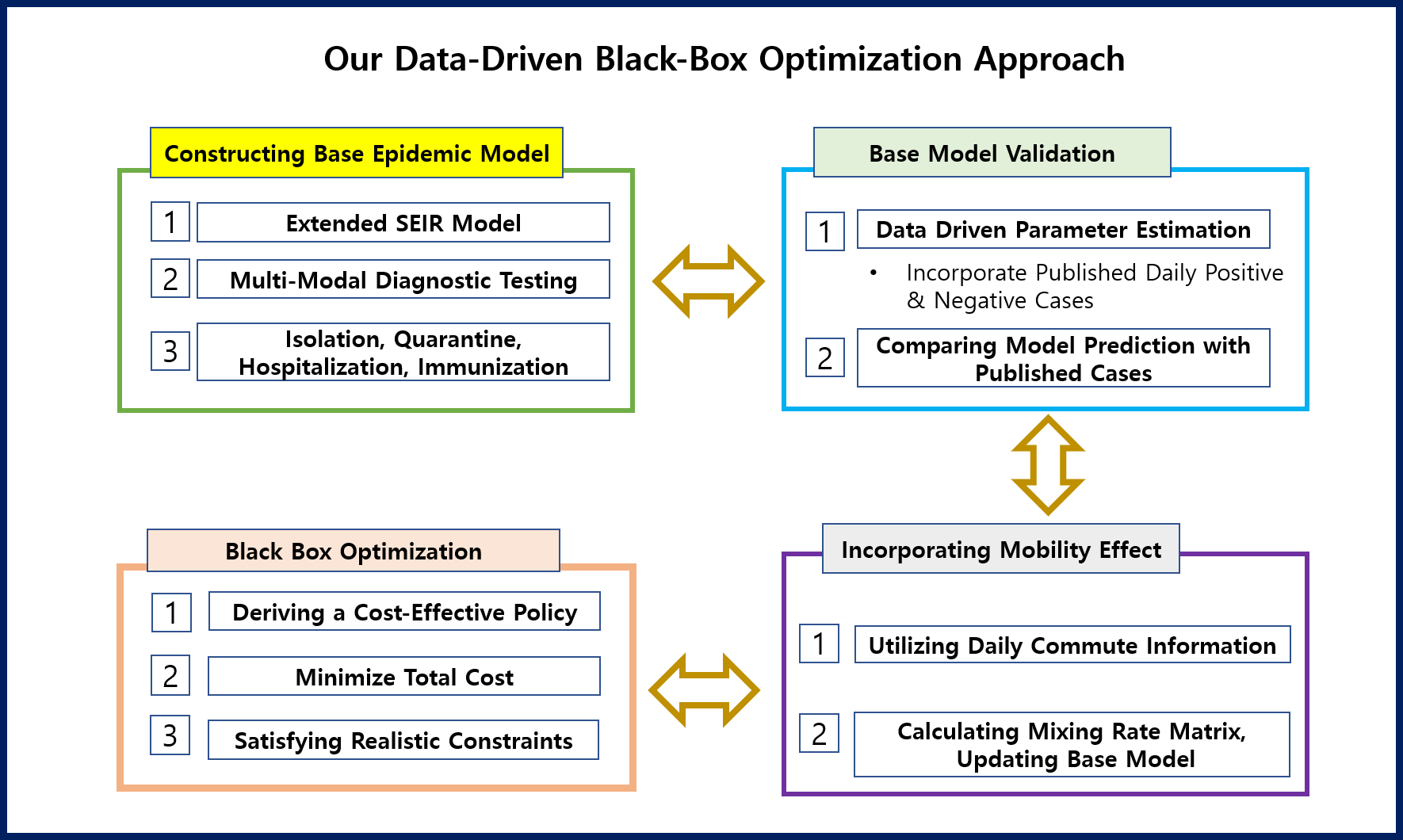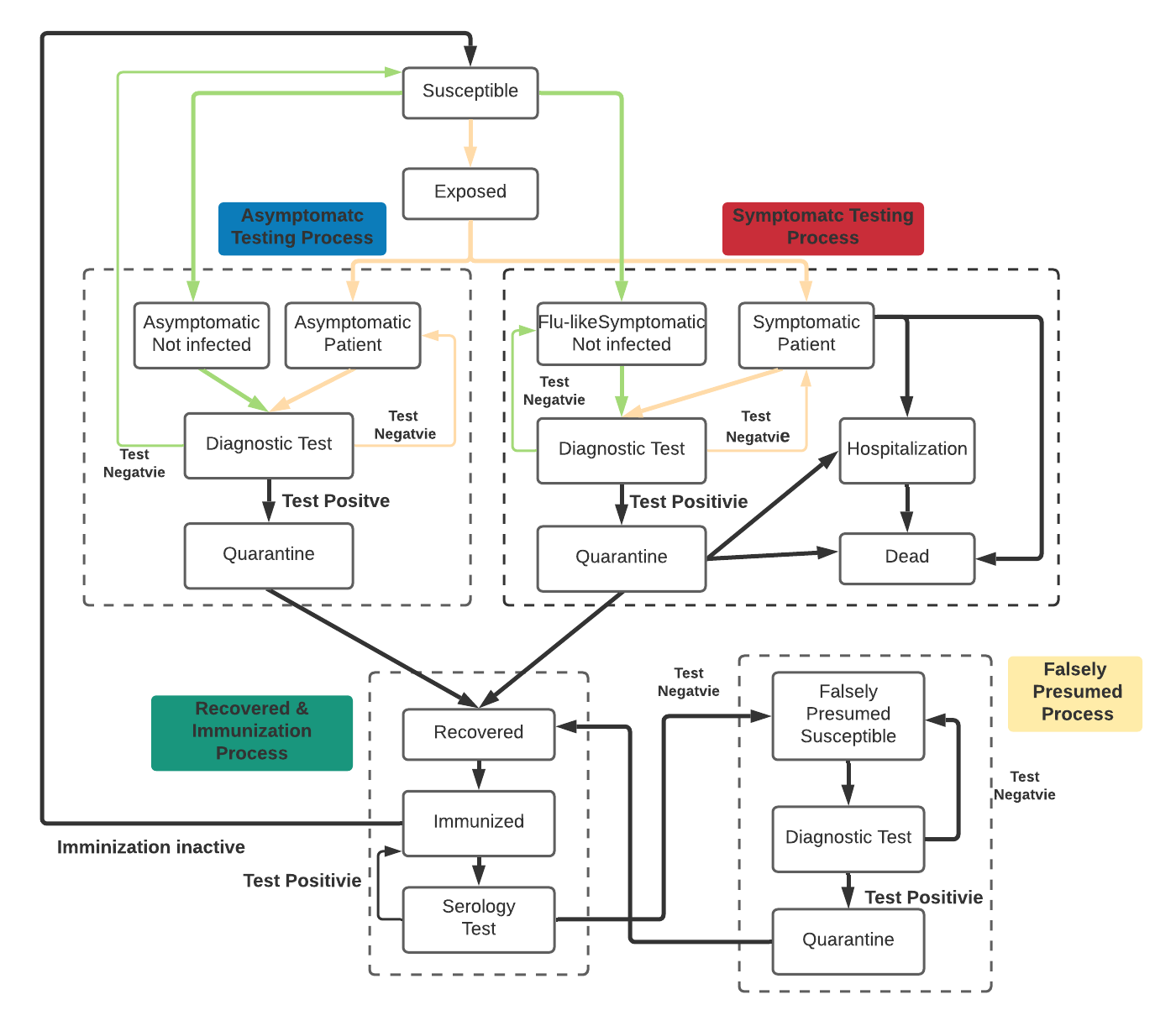Sirtem: Spatially Informed Rapid Testing for Epidemic Modeling and Response to Covid-19
1 Pages Posted: 5 Dec 2023
Abstract
Background & aims of study
COVID-19 has resulted in millions of confirmed deaths globally. The global-scale response to the COVID-19 pandemic triggered drastic measures, including economic shutdowns, travel bans, stay-home orders, and even complete lockdowns of entire cities, regions, and countries. Therefore, there is an urgent need for research into enhancing the understanding of the complex relationships characterizing pandemics and interventions under crisis. In particular, we need to look at communities at possibly different scales and investigate the impact of testing, preventative measures, and vaccines, when used in combination, to improve community response and resilience at different scales.
Within the context of COVID-19, the paper aims to study the value of testing, the testing policy of sick people for virus detection, optimization of the limited testing and hospitalization capacity, resources allocation to the development of highly accurate tests (low false positives, low false negatives) and the optimal testing policy - one type of test aiming at the best cost/effectiveness trade-off or adopt a non-homogeneous testing policy.
Methods & results
We have developed a novel extended spatially-informed epidemic model, SIRTEM, to study the spread of the pandemic at a multiscale. We compared our predicted results to the published data of the four different states' positive and negative cases. Our model showed high prediction accuracy. Moreover, we show that the multi-city model performs better than the single-city model. All the experiments use the United States data at the state, county, and city levels. Our results demonstrate that the multi-city model performs better than the single-city model.
Implications
The key contribution of this paper is two folds: Firstly, we present a novel extended spatially-informed epidemic model, SIRTEM, Spatially Informed Rapid Testing for Epidemic Modeling and Response to Covid-19, that integrates a multi-modal testing strategy considering test accuracies. Our second contribution is an optimization model to provide a cost-effective testing strategy when multiple test types are available. The developed optimization model incorporates realistic spatially based constraints, such as testing capacity and hospital bed limitation as well.
Note: This conference abstract was presented at the 9th International Conference on Infectious Disease Dynamics organized by the journal Epidemics. This abstract has not been screened by SSRN for potential for public harm and should not be used to inform any clinical decision making. No competing interests or funding statements have been declared.
Suggested Citation: Suggested Citation

